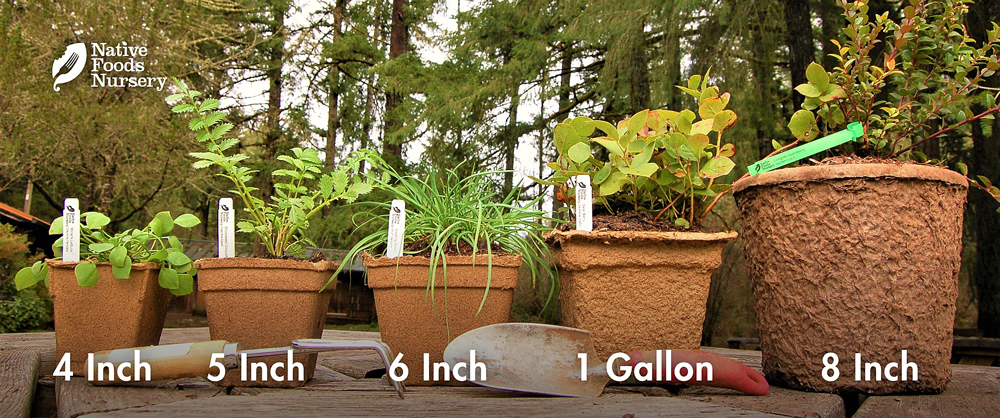Slender Hairgrass is a ornamental grass and native food with edible seeds which can be used like other cereal grains.
Edible Uses
Slender Hairgrass has edible seeds that are harvested in the fall. The seeds can be used to make a delicious breakfast mush similar to rye. The dried flour from grinding the seeds can be combined with other cereal flours to make bread, muffins, biscuits, cookies and crackers.
Ornamental Qualities
Slender Hairgrass is often grown as an ornamental grass. Its finely branched, pale green flower stalks lightly rise above the rounded tufts of slim, deep green blades that remain intact into the early winter. It grows in dense clusters. Because it grows well in partial shade, it is able to grow in areas where other grasses will not thrive. The leaves are often variegated with a creamy white coloration. Often they have a rosy pink hue when emerging in spring and when the weather cools. The yellow-brown colored flowers can add winter interest to your landscape. It can proved a great low-key accent, or planted in large quantities it creates a beautiful groundcover.
Environment and Culture
Slender Hairgrass is easy to grow in moist, moderately well drained soils. It can be used to stabilize shady river banks or grow as an understory under Oregon White Oak and California Black Oak. The edible seeds will attract bird in the late summer and fall.
Northwest Native American tribes today still value this special plant as food, medicine, and family. Despite great cultural losses, they continue to work towards stewarding and restoring wild populations, both strengthening the integrity of the ecology and sustaining their cultural heritage and wisdom. These strong and recovering peoples and plants deserve our respect, gratitude, and reparations. (Learn more & how to help on our Charitable Giving page.)
Harvest, Care, and Preparation
Harvest the seeds after the plant has dried down in late summer through early fall. Use a basket to catch the seeds as you pull your thumb and forefinger along the stem, when ripe the seeds will break off very easily. Prepare the seeds by separating out all the chaff, put them through a grinder (many people keep a spare coffee grinder for this kind of thing) and soak the seeds for a couple of hours. Change the water at least once and remove any remaining chaff that floats to the surface. Cook the seeds until they are soft and swollen with water, use two parts water to one part seed.
Native Range: CA, OR, WA, ID, BC
USDA zones: 4-9
Ease of Care: Easy
Deer Resistance: Moderate
Light Requirements: Full Sun-Part Shade
Soil Type: Light-Medium
Water Requirements: Moist-Wet
Pollination: Self Fertile
Bearing Age: 1 Year
Size at Maturity: 2-3ft
Bloom Time: July-September
Harvest Time: September-October
Pot Sizing Guide
